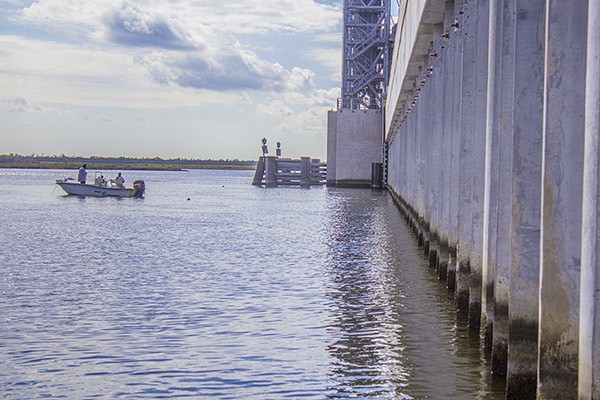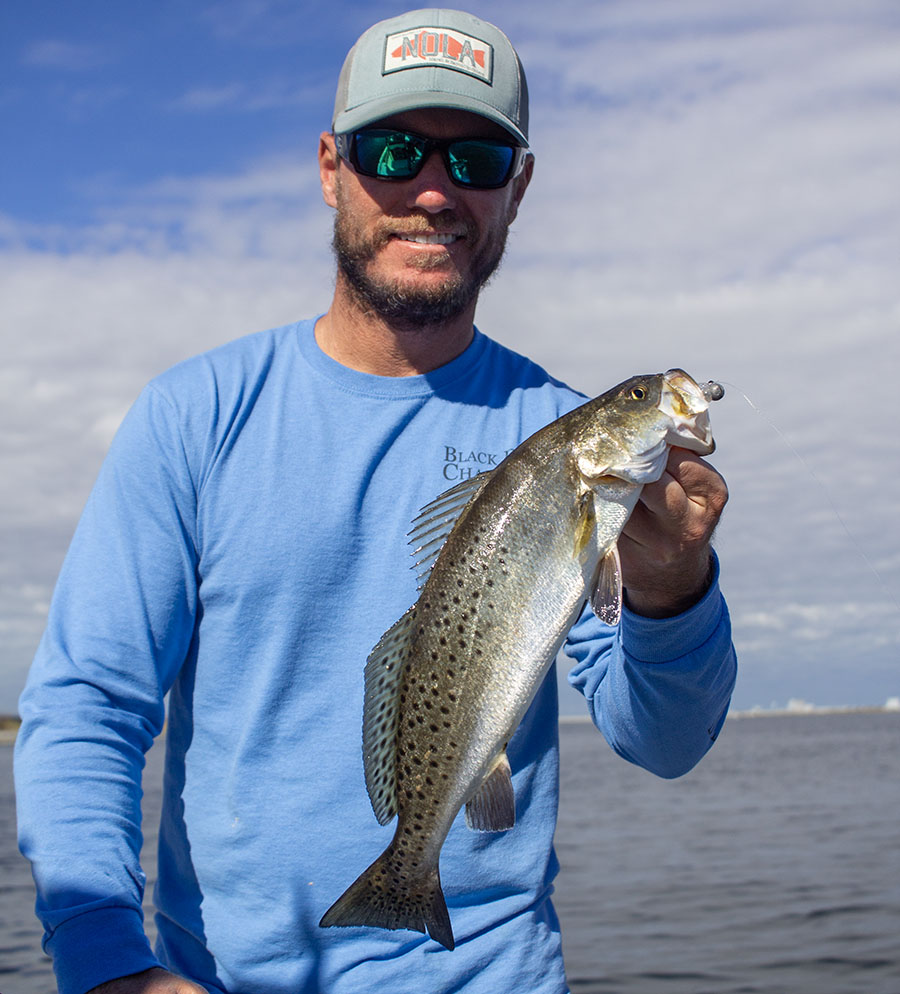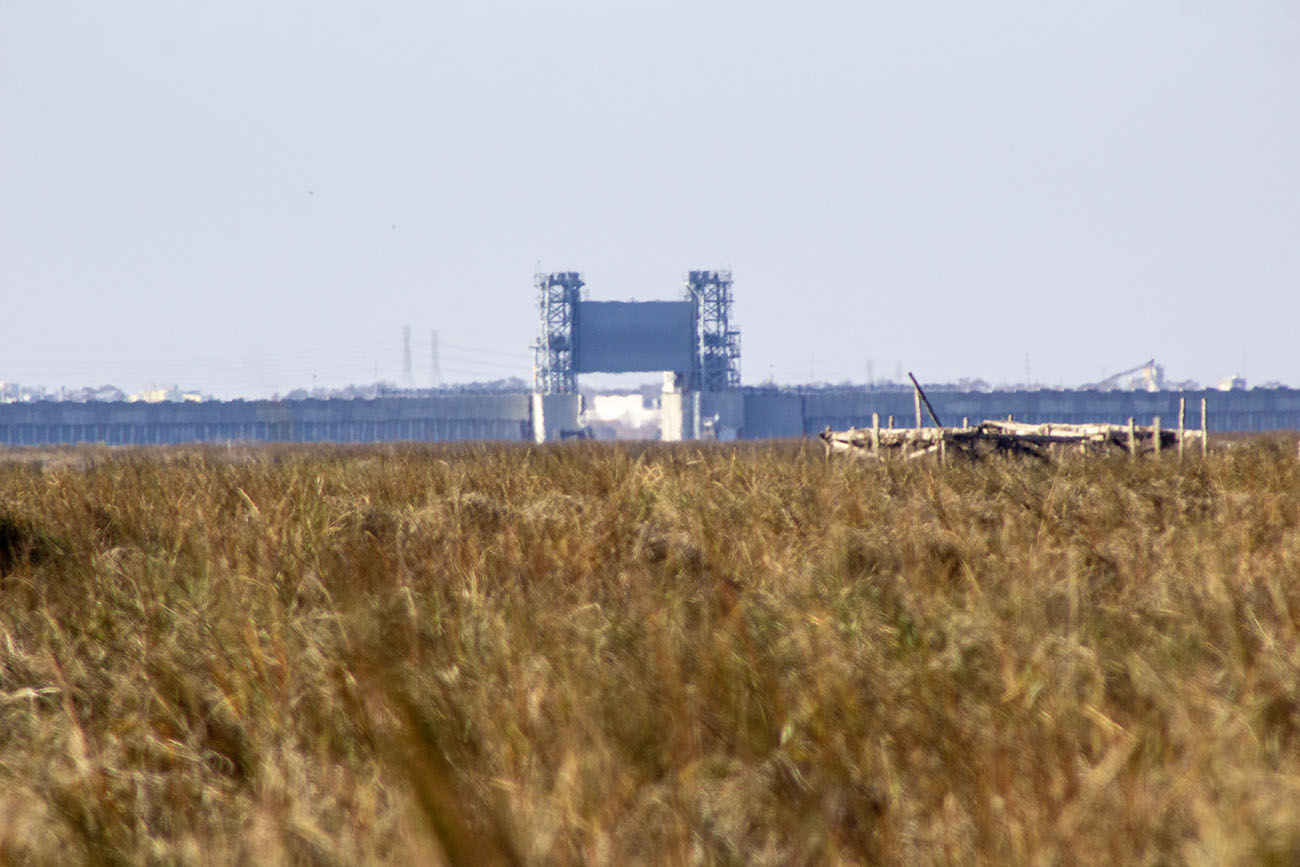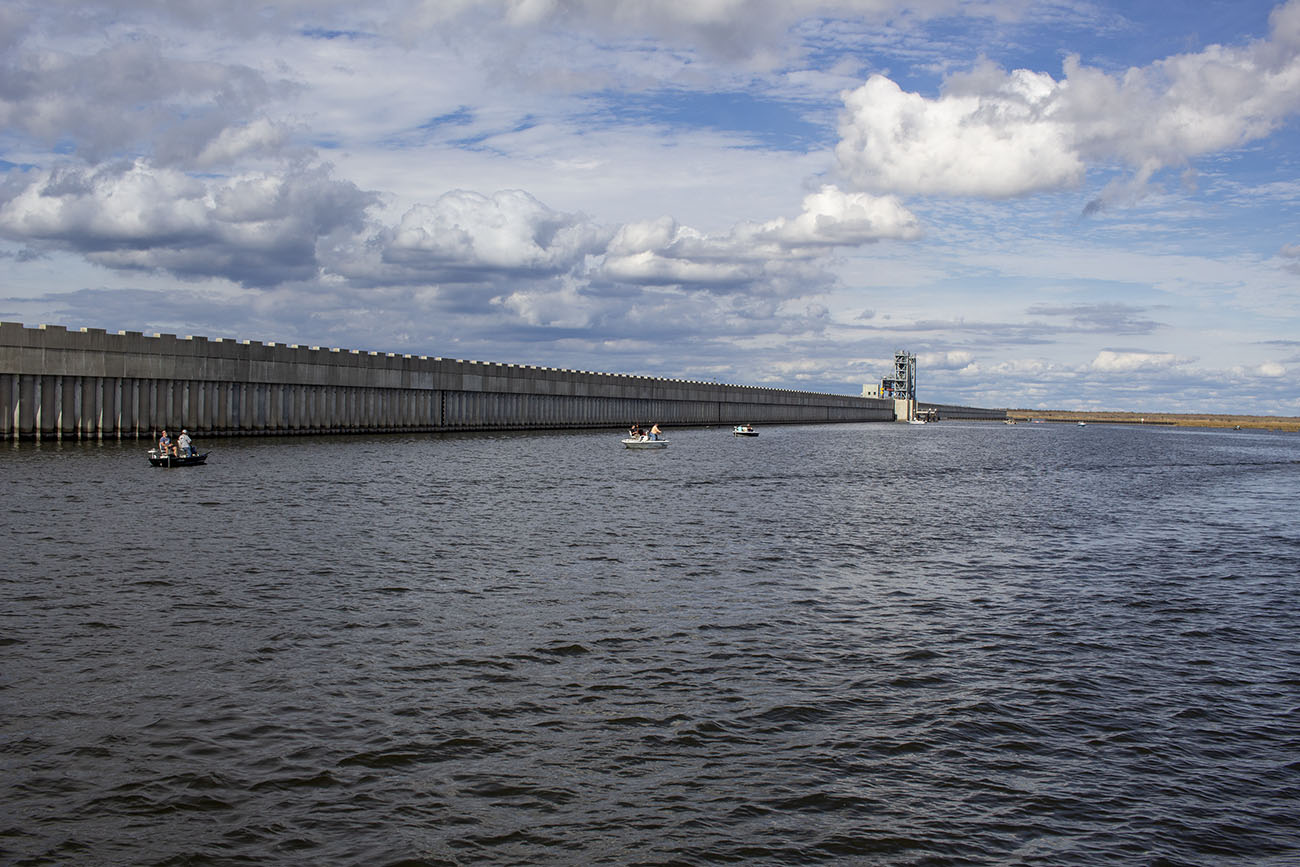The Great Wall of Chalmette is a popular community honey hole that has gotten a good deal of attention as winter drags on.
It’s a great winter fishing spot for speckled trout that has proven itself over the years.
Many good reports come from The Wall and I personally have caught many fish here, everywhere from The Wall itself, to the adjacent flat and the rock pile stretching down the Mississippi River Gulf Outlet.
But should you really fish the Great Wall of Chalmette?
So it makes sense that you should go here for your next fishing trip, right?
Well…wrong.
In this guide I am going to give you 3 reasons as to why you should *not* go to The Wall to catch speckled trout this winter — or ever.
Reason #1 - The Great Wall of Chalmette is a Community Hole
The Great Wall of Chalmette is what we inshore anglers call a “community hole”, a $10 word describing a productive fishing spot that everyone knows about.
To go to The Wall and catch a bunch of speckled trout isn’t exactly breaking new ground.
Even if there were a bunch of speckled trout there — and there certainly has been — the likelihood of everyone and their mom pressuring them in the near future is pretty good.
In fact, I’d say it’s clockwork.
That’s what happens every year: a cold front sends trout to The Wall, a few bragging reports dime it out, then all the Facebook fishermen show up to pressure this fishing hot spot.

The Great Wall of Chalmette is a productive community hole...which is its problem.
So, one day you can go to The Great Wall of Chalmette and have fun catching a bunch of fish while only seeing a couple other boats (like I did in this YouTube video).
Awesome. Fantastic.

It's easy to have a great day at the Great Wall of Chalmette if the conditions are right and there's little fishing pressure.
Then the cat’s out the bag and next time The Wall looks like a boat parade, the fish are pressured and the action isn’t there like it was on your previous fishing trip.
So, now you’re stuck with grinding for a few fish and putting up with inconsiderate boaters.
If we know this inevitably happens, then why bother fishing The Great Wall of Chalmette to begin with? Why not spend that time figuring out where other fish are biting? Which leads me to my next point:
Reason #2 - Where Are Your “Next Fish”?
If you’re like me, then you know that — as soon as you find the fish — you begin thinking where they will be next.
This is because whatever spot you found them in will eventually fizzle out.
When it does, you want to know where to go.
This is a hallmark of inshore anglers who have stood the test of time and consistently caught fish, and another great reason you shouldn’t fish The Great Wall of Chalmette.
You need to know where your “next fish” are, and you can’t do that if you’re always gambling on fish biting at a place that’s known and pressured by everyone else.
You don’t put all your eggs in one basket, right?

The Great Wall of Chalmette stands out, making it an easy target for people not willing to be anglers.
Reason #3 - Now You Know Where NOT To Go
Part of being a good inshore angler is realizing the value in knowing where not to go and, by extension, what not to do.
This is why I recommend people post fishing reports for their unproductive fishing trips, so the rest of us have an idea as to what not to do next time we launch the boat.
After all, these are fishing reports, not bragging reports. Big difference.
So, there’s value in knowing where not to go, and that’s something you inevitably learn while searching for where to go.
This is somewhat counter-intuitive: Why would you care about where the fish aren’t biting? If someone said they're biting at the Great Wall of Chalmette, then why not just fish that?
Well, because once you scratch those spots off your list, you don’t have to waste time fishing them ever again.
Additionally, while you’re navigating your boat, checking different spots, you are learning new safe routes.
You are becoming better at fishing because you are learning more that you can use to your advantage in future fishing trips, rather than just getting the same old result at the same old spot.
Lastly, these spots that weren’t productive when you initially checked them, could “turn on” under different conditions and you’ll know to check them when those conditions happen.
For example, if you fish a deep hole when it’s warm and don’t catch anything, then you’ll know to check it next time it cools off.
But you could only have learned this if you went there and looked at it in the first place.
All in all, you’ll be discovering new fishing spots and new safe routes while everyone else is struggling to catch a few at The Great Wall of Chalmette.
Finding Better Fishing Spots Than The Great Wall of Chalmette + A New Idea
Look, if you have a good time fishing community holes, then that’s all that matters. Having fun is the whole point of going fishing.
But I am positive that you will have a lot more fun, on an adventure, finding and catching fish in new places, rather than predictably reinventing the wheel at the same old spot.
See, the whole reason I made this guide is not to tell you where or where not to go fishing, or if you should fish the Great Wall of Chalmette or not.
Instead, I am offering a new way for you to look at your fishing trips, one that’s centered on long-term success rather than the short term.
Focusing on long term success is how you find and catch fish on your own over the years to come.
Is that not something you want?
Think about it: Were you not fishing this time last year? Aren’t you going to be fishing this time next year? What about the year after that?
Yeah, that’s what I thought. The time to begin investing in new fishing spots that you’ll have to yourself is right now.
That’s because it’s more rewarding to find your own fish and less frustrating than putting up with inconsiderate boaters at your local community hole.
Then, you’re free to fish that community hole anyway, because when the action eventually fizzles out you will know where to go next.
And, if you keep up this process, eliminating unproductive fishing spots and discovering the good ones, you will eventually have enough of your own “honey holes” that you won’t have to put up with the Flotilla at the Great Wall of Chalmette at all.
This idea of long-term success is more powerful than the close-minded can realize. But it only works if you can find fishing spots to begin with.

The Great Wall of Chalmette can get pressured by the greater NOLA area. Here there are only seven boats, but there can be many more.
What’s the best way to find your own fishing spots?
Inside my new course, Inshore Fishing 101, there is an entire section dedicated to identifying the various natural and man-made fishing spots you can visit across Louisiana’s coast.
This consists of 5 video lessons and 3 hours of instruction.
Then, after that, there's the Planning and Execution sections, which detail how to plan your fishing trip based upon the conditions and what to do once you’re on the water the day of your fishing trip.
These are 11 video lessons and over 3 hours of instruction.
I recommend taking this course in its entirety then moving on to Winter Fish Location, or whichever seasonal course is applicable to the time of year you are currently in.
Finally, I recommend leveraging the LAFB Elite Community. You can do this by getting feedback on your fishing trips from other members who have experience using the process taught inside Inshore Fishing 101.
There you can also read quality fishing reports and get a better idea as where to go and what to do based upon the conditions.
This way, you’re not stuck with fishing The Great Wall of Chalmette.
Tight lines, and thanks for reading!
